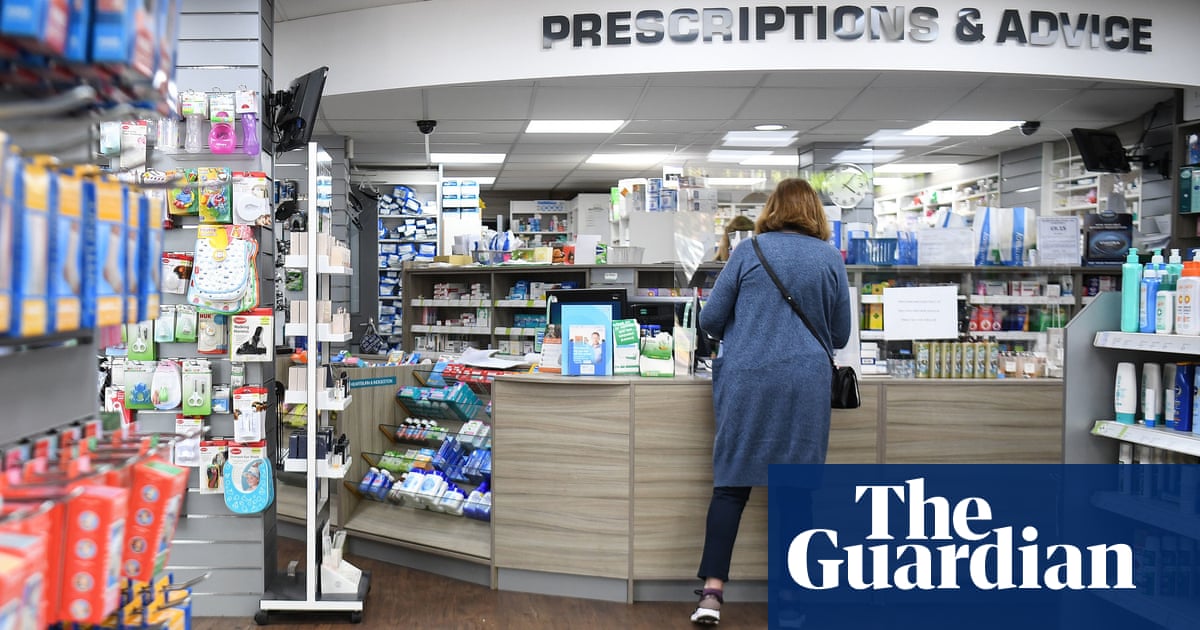
Sales at Primark slumped by as much as a quarter during some weeks over the summer period, as the “pingdemic” in the UK and impact of the Covid-19 pandemic in European markets kept shoppers at home.
Shares in Primark’s parent company, Associated British Foods, dropped by 3% on Monday morning, making it the FTSE 100’s biggest faller, despite raising its profit guidance for the year to 18 September.
Primark said that at the start of the fourth quarter of its financial year sales plummeted 24% compared with pre-pandemic levels in 2019.
“In the UK our sales were affected by the rapid and significant increase in late June and early July in the number of people required to self-isolate following contact tracing alerts, the ‘pingdemic’,” Primark said. Sales at its European stores were affected by pandemic restrictions on tourism and travel because of the Delta variant.
The company said it was experiencing supply chain delays to the delivery of some autumn/winter stock caused by “port and container freight disruptions”.
“These delays are expected to reduce the inventory at the year end by some £200m compared with expectation,” the company said. John Bason, the finance director at ABF, said Primark was not running out of stock and shoppers would not see stores with empty racks.
“At this time of year Primark’s inventory does go up as autumn and Christmas is so big,” he said. “We have a lot of stock arriving. We have seen some disruption in the supply chain, some of it is delayed by a few weeks. We are not having a problem with stock on the shelves. I don’t think we will have one, at this important time it is just arriving some weeks late.”
ABF said the fall in Primark’s sales had eased to a decline of 8% compared with 2019 levels in recent weeks, with the fourth quarter as a whole expected to be 17% lower than two years ago.
The company had been experiencing a strong recovery, with sales in its third quarter just 3% below pre-pandemic levels, which helped overall sales for Primark’s second half to hit £3.4bn.
“Customers came back to our stores with enthusiasm and sales reflected some pent-up demand with very high basket sizes,” Primark said.
Primark said “comfort living” continued to be a trend, with strong sales of leisurewear such as leggings and cycling shorts, and Primark’s autumn/winter ranges had “started well”.
ABF also said Covid-19 restrictions had held back progress in developing and opening new stores, essential for the retailer as it does not sell its products online.
“We are experiencing some difficulty in accessing and evaluating potential sites and in negotiating with potential landlords,” said the company, which will have 398 stores by the end if its financial year on 18 September. “We expect to see an acceleration in new store openings in future years.”
Full-year operating profits at Primark are expected to be ahead of last year’s £1bn, as the retail chain benefited from “a significant reduction in store labour costs and lower store operating costs” after reopening following repeated lockdowns.
Primark said it had repaid £96m of money taken from job retention schemes in the UK, Republic of Ireland, Portugal, Czech Republic and Slovenia.
Russ Mould, the investment director at AJ Bell, said: “Primark has a simple business model – sell a wide range of clothes and do so at the lowest price possible. Very few people leave its stores with only one item in their shopping bag as there is considerable temptation to keep popping items in the basket as everything is so cheap.
“That puts pressure on the company to keep its stores as fully stocked as possible to take advantage of the typical customer’s shopping habits. Primark has flagged that supply chain issues are likely to hit its autumn/winter inventory levels, so the company will no doubt have to do some clever rearranging of its store layouts to make them look as full as normal.”
The company said it was investing in a major new website that will launch next year, with a digital upgrade identified as “critical” to Primark’s marketing strategy. However, Bason said the new digital site would not allow customers to buy online.
“One step at a time for us here,” he said. “We have over 24 million social media followers and we need to start having more knowledge of customers on a one-to-one basis and market to them directly. It is about richer content and the ability to start to have a conversation.”












